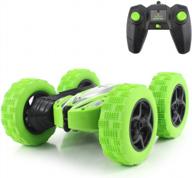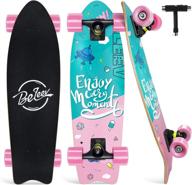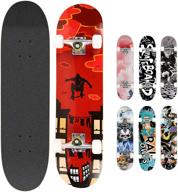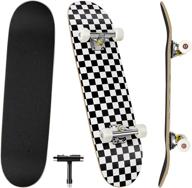Skateboarding 101: Getting Started on a Board
Skateboarding is a fun and challenging activity that has seen a major resurgence in popularity in recent years. If you're new to skateboarding, there are some key things you'll need to know to get started and skate safely.
Choosing the Right Skateboard Deck
The deck is the actual board you stand on. Deck sizes typically range from 7 inches to 10 inches wide, and 28 to 34 inches long. Wider decks offer more stability, while narrower decks are lighter and easier to flip. A wider deck of 8-9 inches is recommended for beginners. The deck shape also varies - some have kicked tails and some have radial concave for better foot grip.
Truck Systems and Wheel Options
Trucks connect the wheels to the deck. The trucks's geometry affects turning and stability. For beginners, standard kingpin trucks offer more responsiveness and turning capability. Longboard specific trucks provide more stability at higher speeds. Softer bushings also increase turning capabilities. Wheel size is also key - larger soft wheels provide a smooth ride while smaller hard wheels are better for tricks and the skatepark.
Another interesting products
Safety Gear You'll Need
- Helmet - protects your head from impacts if you fall
- Elbow and knee pads - provides protection to joints if you fall
- Wrist guards - prevent wrist fractures and sprains
- Skate shoes - specifically designed for skateboarding with thick soles and more protection
Learning to Ride and Basic Tricks
It takes regular practice to get comfortable on a skateboard. Some tips for beginners:
- Start on smooth, flat ground without obstacles
- Keep your weight centered over the board
- Bend your knees to stay balanced
- Practice pushing off, coasting, and basic turning
- Learn to kickturn by rotating your front wheels
- Once comfortable, try ollies, dropoffs, and riding off curbs
Maintaining Your Skateboard
| Part | Maintenance |
|---|---|
| Deck | Clean grip tape with wire brush, replace worn grip tape |
| Trucks | Check kingpins are tight, lubricate pivot cups |
| Wheels | Clean debris with solvent, replace when core exposed |
| Bearings | Clean and lubricate bearings regularly |
With the proper gear, practice, and maintenance, skateboarding can provide hours of enjoyment and satisfaction as you learn new skills. Safety should always be the top priority. Wear your protective gear and know your limits as you progress.
Choosing the Right Skateboard Deck
Choosing the right skateboard deck is essential to your comfort and performance when skateboarding. The deck is the actual board you stand on, and its size, shape, and construction will impact your experience.
Top products in 🛹 Skateboards & Caster Boards
Deck Size
Skateboard decks typically range from 7 - 10 inches wide, and 28 - 34 inches long. Wider decks (8-9 inches) provide more stability and are recommended for beginners. Narrow decks are lighter and easier to flip for tricks. Longer decks allow for better balance at faster speeds. Standard popsicle-shaped decks are 31-32 inches long and best for street skating.
Deck Shapes
- Popsicle shape - symmetric kicks on both ends, best for tricks
- Cruiser shape - wider, short-tailed decks for easy pushing
- Old school shape - steep kicks, ideal for transition and vert skating
- Longboard shape - various tapered shapes focused on high speed stability
- Fish or retro shape - short and wide for comfortable cruising
Similar products
Concave and Camber
Deck concave refers to the radial curvature across the width of the board. More concave allows better grip and control. Mild radial concave of 0.5 - 1 inch is common. Progressive concave is more exaggerated in the center. Camber refers to the upward bend along the length of the deck. Camber increases pop for ollies but reduces stability.
Deck Materials
| Material | Attributes |
|---|---|
| Maple Plywood | Traditional material, provides pop and durability |
| Bamboo | Environmentally friendly, flexible and damps vibration |
| Carbon Fiber | Ultra-lightweight but expensive, used on longboards |
| Plastic | Affordable but less durable, common in beginner boards |
Grip Tape
Grip tape provides traction for feet on the deck's surface. Standard black grip offers reliable traction. Colored tape is also available. New skaters may want to leave the tail or nose uncovered to get used to planting their feet.
Finding the Right Deck
Consider how you want to skate when choosing a deck. Wider cruiser boards are best for casual riding, while narrower popsicle boards excel for tricks at the skatepark. Look for known skate brands to ensure quality construction. A local skate shop can also provide guidance on finding the perfect deck for your style and experience level.
With the myriad of shapes, sizes and construction options, it may take some trial and error to find your ideal skateboard deck. Focus on high-quality materials from reputable brands. Consulting experienced skaters at your local skate shop can help narrow your selection.
Truck Systems and Wheel Options
The trucks and wheels on a skateboard serve important functions and directly impact performance. Selecting the right components can make skating easier for beginners or open up new possibilities for advanced riders.
Truck Systems
Trucks connect the wheels to the deck and consist of:
- Hanger - holds the axle and wheels
- Baseplate - mounts to the board
- Bushings - compressible cushions for turning
- Kingpin - bolt that holds bushings and allows truck tightening
Key factors in trucks:
- Height - Standard is 50-55mm. Higher mounts are more stable.
- Width - Should match deck width. Wider gives stability.
- Turning - Softer bushings and looser kingpin nut allow sharper turning.
- Geometry - Different shapes for varying performance.
Truck Types
| Type | Description |
|---|---|
| Standard Kingpin | Most common, good turning and stability |
| Reverse Kingpin | Tight turning radius, less stability at speed |
| Longboard Trucks | forged hangers, more stable at higher speeds |
Wheel Options
Wheels impact the ride quality, speed, and handling.
- Diameter - Larger diameter wheels (65-75mm) are faster.
- Width - Wider wheels (55mm+) increase stability and traction.
- Durometer rating - Softer wheels (78A-87A) have more grip and cushioning.
- Core - Types affect weight and rebound.
- Shape - Round, beveled edges, or square-lipped.
Wheel Uses
| Type | Description |
|---|---|
| Small/hard wheels | Ideal for skateparks, tricks, smooth concrete |
| Large/soft wheels | Better for rough roads, commuting, long distance |
| Square-edged | Grippy, stable, good for pools/ramps |
The best way to optimize your skateboard's trucks and wheels is to match them to your preferred riding style and skill level. Consulting experienced skaters at your local shop can help dial in components that will work well for you.
Safety Gear You'll Need
When starting out skateboarding, using proper safety gear reduces the risk of serious injuries from falls and accidents. Helmets and pads should be considered essential equipment for new skaters.
Helmet
A helmet is the most important piece of protective skateboarding gear. Look for a helmet designed specifically for skateboarding or extreme sports use.
- Dual certified helmets meet standards for both bicycling and skateboarding.
- Ensure proper fit - snug and level on your head.
- Required for skateparks and recommended anytime on a board.
- Can prevent traumatic brain injuries from impacts.
Knee Pads
Knee pads protect the knees and patella from abrasions. Key features:
- Hard caps shield the knee.
- Foam padding absorbs impact.
- Neoprene or elastic straps keep them stable when skating.
- Sizing based on knee circumference.
Elbow Pads
Elbow pads guard the elbow joint from injury. Look for:
- Hard outer shell over padded liner.
- Adjustable strapping system for custom fit.
- Extended coverage above and below elbow.
- Allows flexion so elbow can bend freely.
Wrist Guards
Wrist guards help prevent wrist fractures and sprains. Key features:
- Rigid splint prevents wrist from bending backwards.
- Adjustable straps ensure snug fit.
- Foam padding over splint for comfort.
- Full wrist to forearm coverage recommended.
Other Protective Gear
- Slide gloves - Reinforced palms, wrist support.
- Hip pads - Shields hip bone from impacts.
- Elbow/knee sleeves - Compression protects joints.
- Mouthguards - Prevent dental injuries from falls.
- Butt pads - Cushions falls on rear.
The right safety gear makes skateboarding much safer and more enjoyable. Visit a quality sporting goods store with knowledgeable staff to get properly fitted. Taking care of your protective equipment with regular cleaning and replacement as needed is also essential.
Learning to Ride and Basic Tricks
Learning to ride a skateboard takes practice and patience. Follow these tips to gain confidence on your board and learn fundamental skateboarding techniques.
Starting Out
Find a smooth, flat space without obstacles to practice. Basketball courts, tennis courts, and empty parking lots are ideal locations. Have a friend spot you at first.
- Place the board on the ground and put one foot on the center of the deck.
- With your other foot, push off lightly to get some speed.
- Keep knees bent to stay balanced as you roll.
- Practice steering the board simply by leaning left or right.
Pushing and Coasting
Learn to propel yourself and maintain momentum:
- Push off with your back foot when you feel yourself slowing down.
- Bring the pushing foot back onto the board and rest it on the bolts.
- Practice pushing then coasting between pushes.
- Keep knees flexed and centered over the board.
Stopping
There are a few ways to stop your skateboard:
- Foot brake - Drag your rear foot on the ground lightly.
- Powerslide - Turn sharply while leaning back to skid the rear wheels.
- Manual brake - Lift the nose and press the tail down.
- Jump off - Step off the board when going slow.
Kickturns
A kickturn lets you change direction. To turn right:
- Lean left while pivoting your shoulders and head right.
- Lift your front trucks and rotate them right.
- Bring your shoulders and head around to complete the 180° turn.
Ollies
Ollies let you pop the board into the air. Steps to practice:
- Place your front foot on the nose and pop the tail down.
- Slide your front foot forward to lift the nose.
- Level out the board for a short hop.
- Land centered with knees bent to absorb impact.
Take it slowly. Repetition and practice is key. Wear your safety gear and know your limits. Skating should always be fun!
Skateboard Tricks List Easiest To Hardest
Here are the top 10 skateboarding and caster boarding tricks to impress your friends:
- Ollie
- Nollie / Nose Ollie
- Kickflip
- Heelflip
- Pop Shove-It
- Backside 180
- Frontside 180
- Boardslide
- Powerslide
- Speed Skater
Sources4






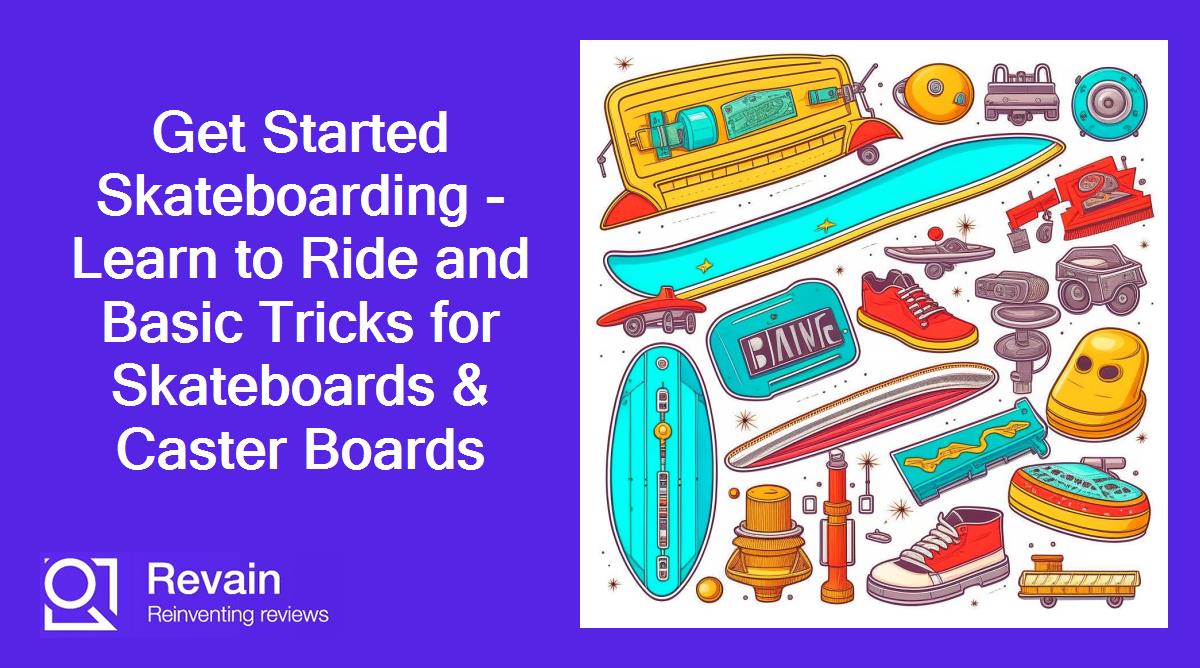
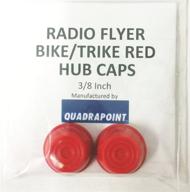

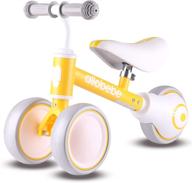

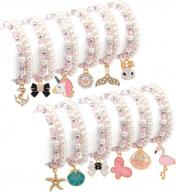

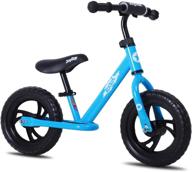

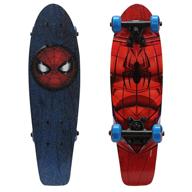
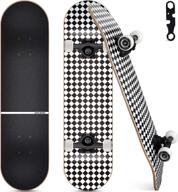
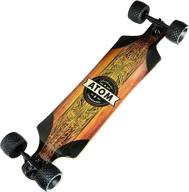
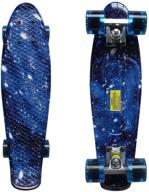
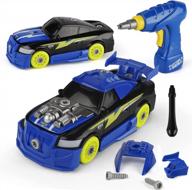
![syma rc helicopter, latest 4hz channel drone with gyro and led light mini series for kids & adults indoor outdoor micro toy gift boys girls[newest model] logo](https://images.revain.org/blob/8qdkla9m_4c6f178fd0@128x128.jpg)
